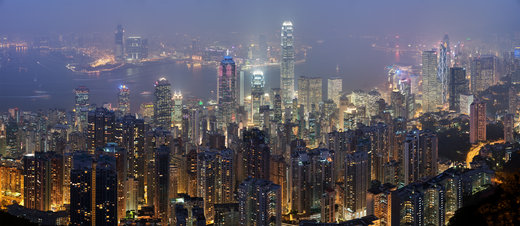29 August 2013
Hong Kong has overtaken Switzerland as the world’s most expensive construction market, according to a study by consultant EC Harris.
And despite a stagnant economy, Europe has six of the top 10 most expensive markets, reflecting the competitive challenge faced by the Eurozone.
The annual study, which benchmarks building costs in 47 countries across the globe, found that relative construction costs have been affected by substantial fluctuations in currency throughout the year.
While their position in the 10 most expensive has been retained during in 2013, Australia and Japan have become more competitive as a result of currency devaluations, with construction costs having fallen in these markets by 8% in the previous 12 months.
Outside of the Asia markets, inflation is a big issue particularly in Hong Kong and Macau, where construction costs have increased significantly.
Despite these localised hot spots, however, the global construction market is relatively subdued with few markets where construction costs are rising in excess of 5%.

Construction output grew by 15% in real terms in Hong Kong last year, triggering inflation between 7% and 9%
The top 10 most expensive countries to build in are:
-
Hong Kong
-
Switzerland
-
Denmark
-
Sweden
-
Macau
-
Australia
-
Japan
-
France
-
Singapore
-
Belgium
Construction costs in Europe’s traditional high cost markets of Denmark and Switzerland have stabilised, coming in at second and third place respectively behind Hong Kong which has experienced high inflation during the past year.
Unlike many economies, Hong Kong recovered quickly from the 2008 downturn, having been bolstered by high levels of tourism, consumer spend from the Chinese mainland and a booming residential market.
The construction market has remained buoyant as a result of the delivery of infrastructure and new commercial and residential space in previously industrial areas. Output grew by 15% in real terms in 2012, triggering inflation between 7% and 9%.
The fall of the yen against world currencies, and the weakening of the Australian dollar have caused substantial price fluctuations, EC Harris reports, with the most significant movement being the 5% appreciation of the Chinese yuan.
Not only has this contributed to China moving up the construction costs rankings, but it will also make Chinese imported materials to the UK and other developed world markets more expensive.
More here










